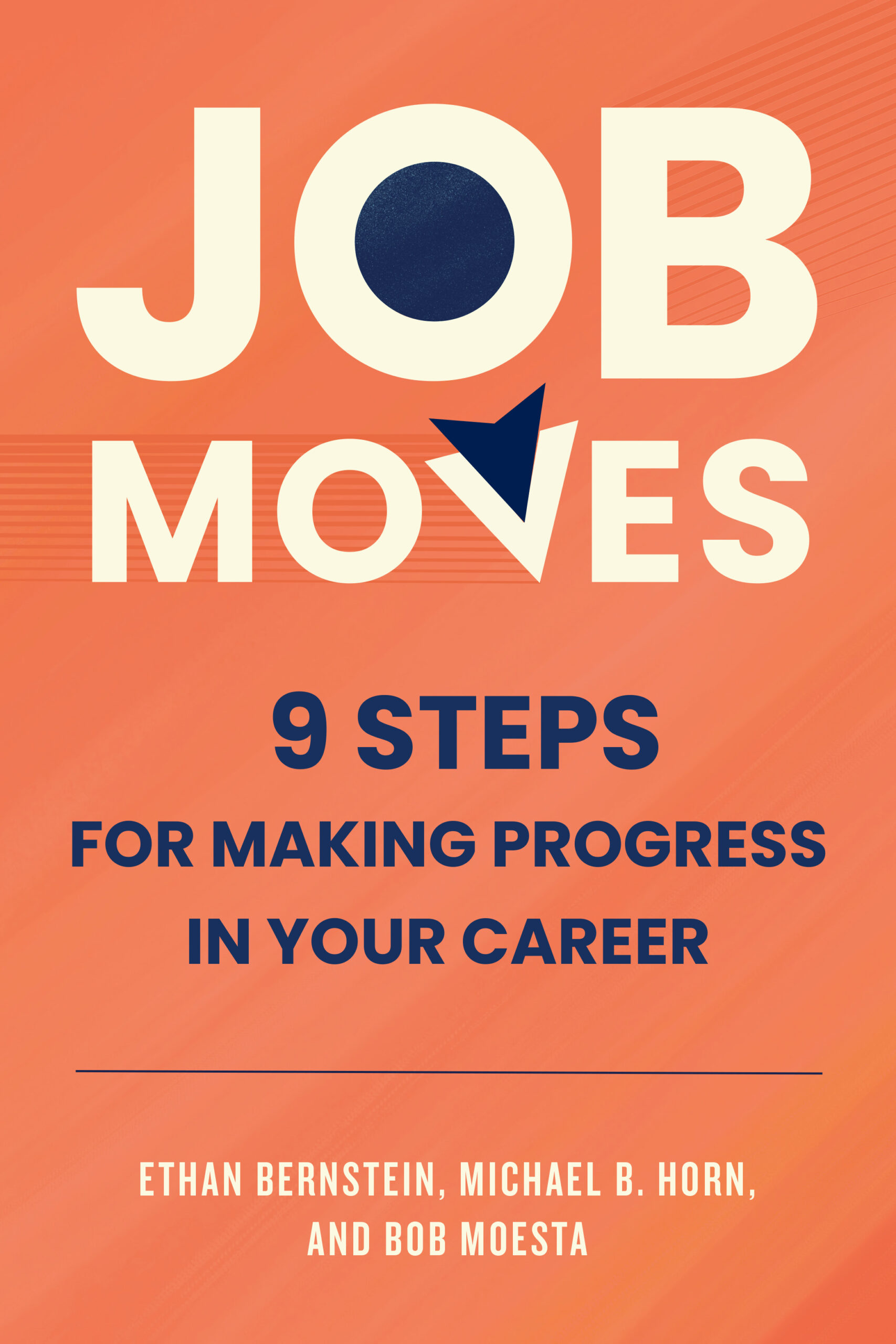An Interview with Michael B. Horn
Best-selling author Michael Horn speaks about how models of blended learning create a personalized teaching method that accounts for the different ways each student learns.
Michael Horn wants to transform our education system into a student-centric one. Instead of accommodating the unique learning needs of our students, he says, “we teach to the class, not the individual.” For Horn, the results are clear: the factory teaching model has left many students passive and disengaged. With accelerating technologies, we have the flexible tools to combine online and in-person learning into a blended model that can empower students to fulfill their potential; it can also help teachers transition away from a standardized top-down approach to one that is personalized and bottom-up. Named one of Tech & Learning magazine’s most important people in the creation and advancement of the use of technology in education, Horn has continued to advance these ideas to education boards across the country. He has also co-authored the award-winning books Disrupting Class: How Disruptive Innovation Will Change the Way the World Learns and Blended: Using Disruptive Innovation to Improve Schools. While doing all this, he co-founded the Christensen Institute for Disruptive Innovation, a nonprofit think tank dedicated to new frameworks for education.
Here at ONEder, we are gearing up for the launch of ONEder Academy. Our goal is to make the flexible, blended implementation of life-changing curriculum easy. We were lucky enough to sit down with Horn, the man who literally wrote the book on blended learning, to discuss how blended learning makes customized tutoring accessible to every student.
What is disruptive innovation and how does it apply to the classroom?
Disruptive innovation is a process that transforms sectors; it takes things that are centralized, expensive and inaccessible to the majority of people and introduces technology-powered solutions that are far more affordable, convenient, and simple.
When you turn to education, and K-12 in particular, we’ve known for a long time the impact of tutoring and small group activities on children and their learning, but for the vast majority of people, it’s been prohibitively expensive to have that sort of learning experience. We’ve built schools in a factory model system, [with too many students assigned to too few teachers], and as a result, the ability to personalize is almost nonexistent. What we see with disruptive innovation is the power to bring that tutoring and small group learning experience to everyone, everywhere, with the aid of technology, and disrupt the classroom as we’ve known it.

0 comments